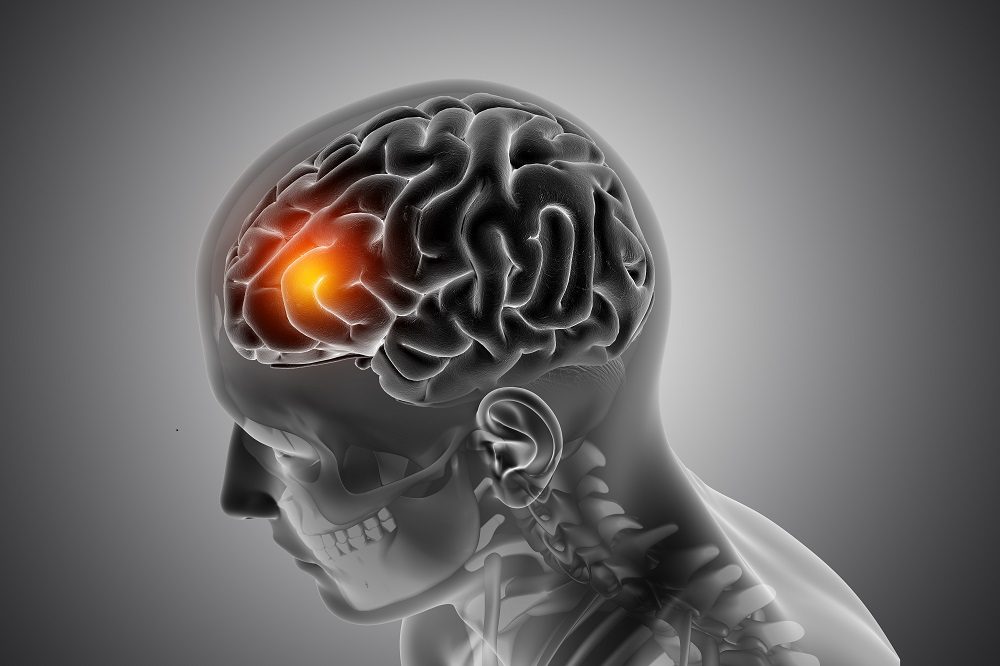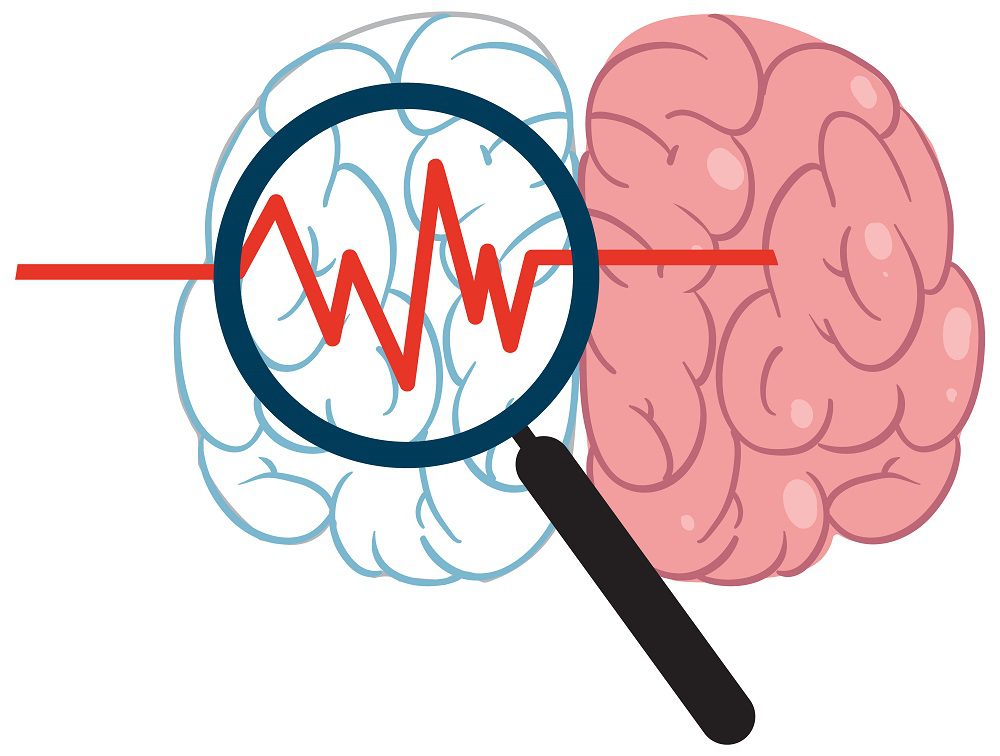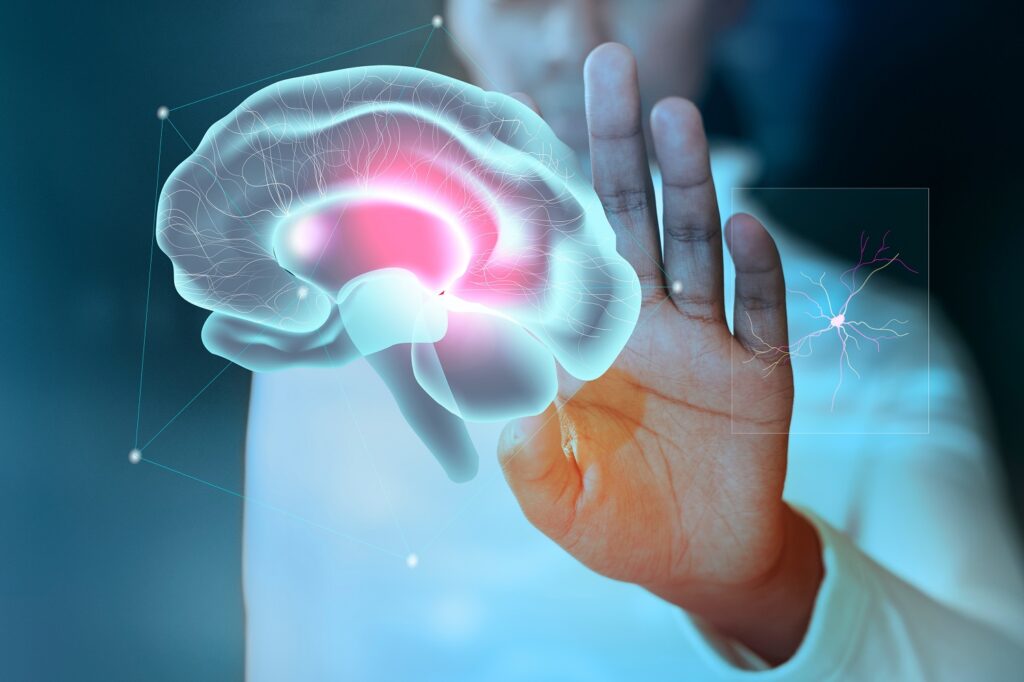Healthy brain dynamics can be comprehended as the emergence of a complex system far from thermodynamic equilibrium. Brain dynamics develop a preferred direction in time since they are temporally irreversible. But nothing is understood about how Alzheimer’s disease affects the time-reversal symmetry of spontaneous brain activity. AD would compromise the degree of irreversibility, indicating a fundamental change in the collective properties of brain activity towards equilibrium dynamics. At the global, local, network, and numerous oscillatory frequency bands, AD was associated with a breakdown of temporal reversibility. AD had an impact on the temporoparietal and frontal regions locally. At the network level, the limbic, frontoparietal, and salience networks were the most damaged.
















